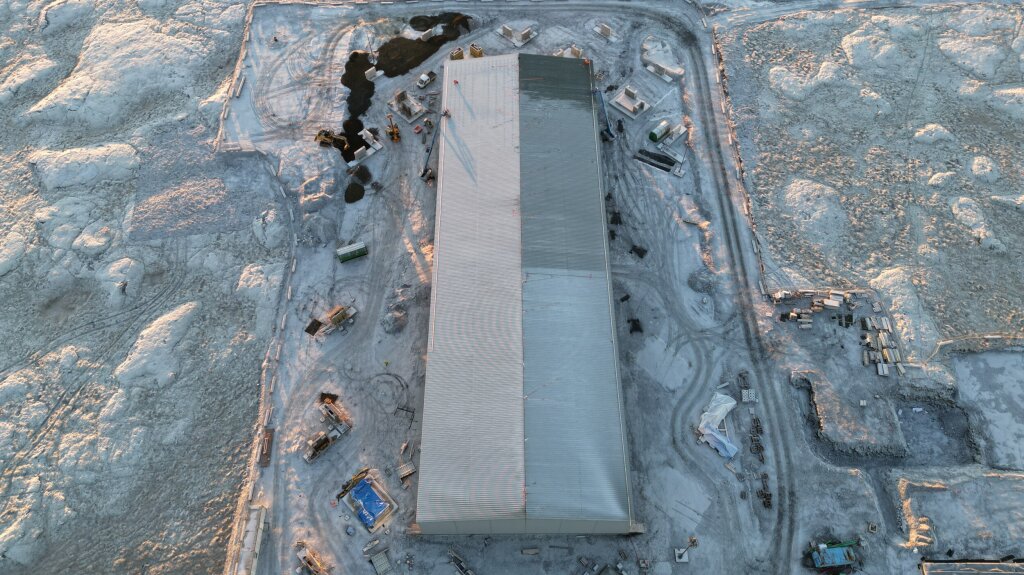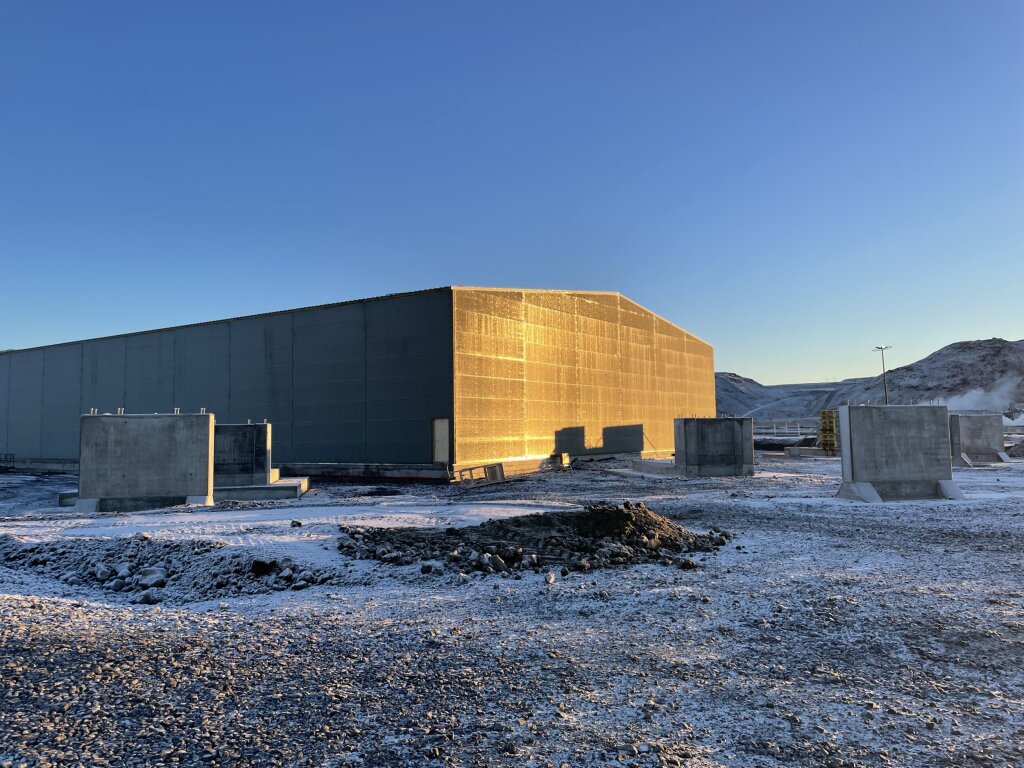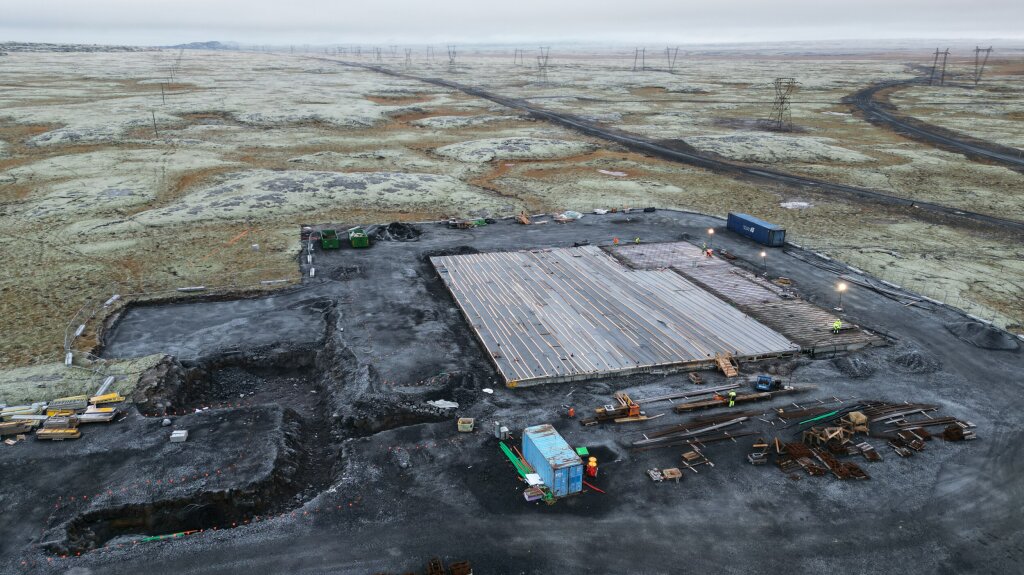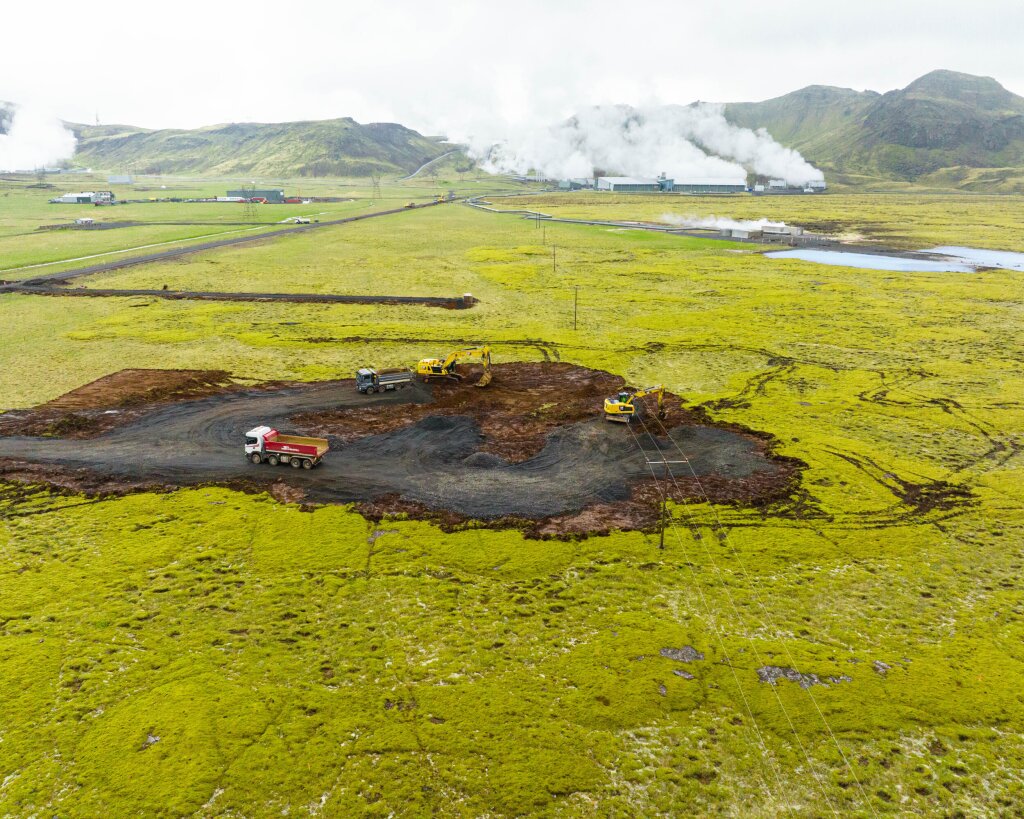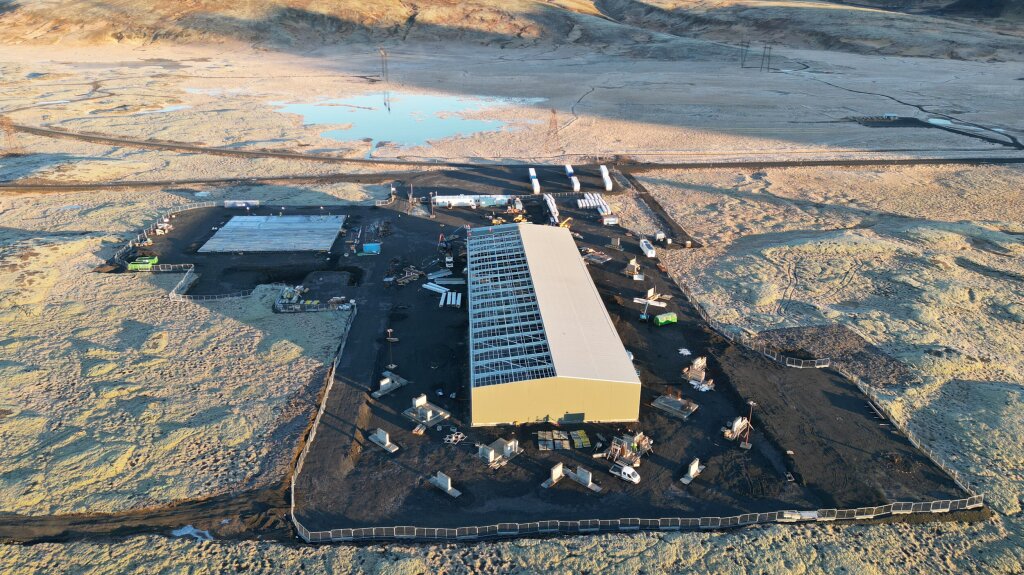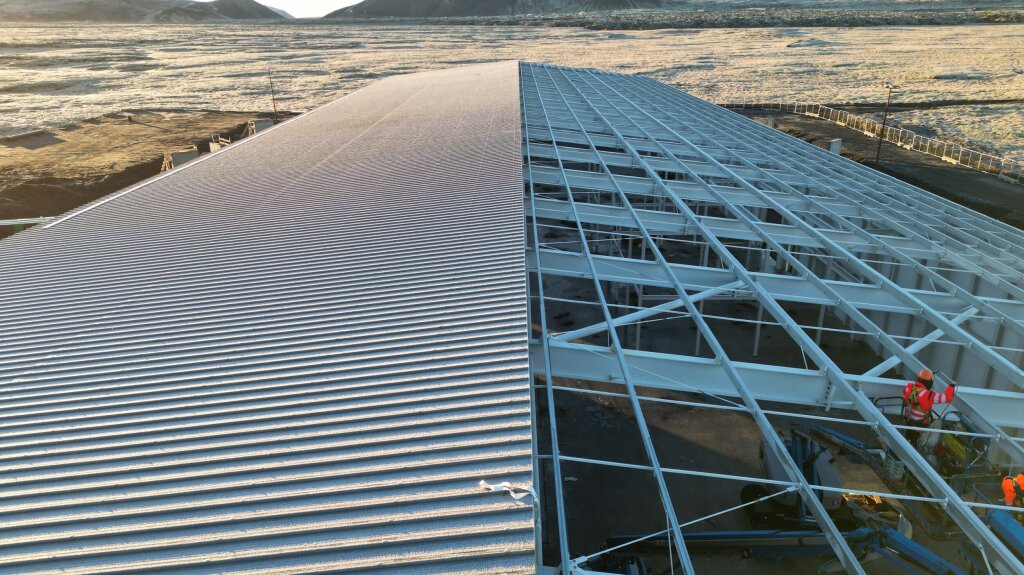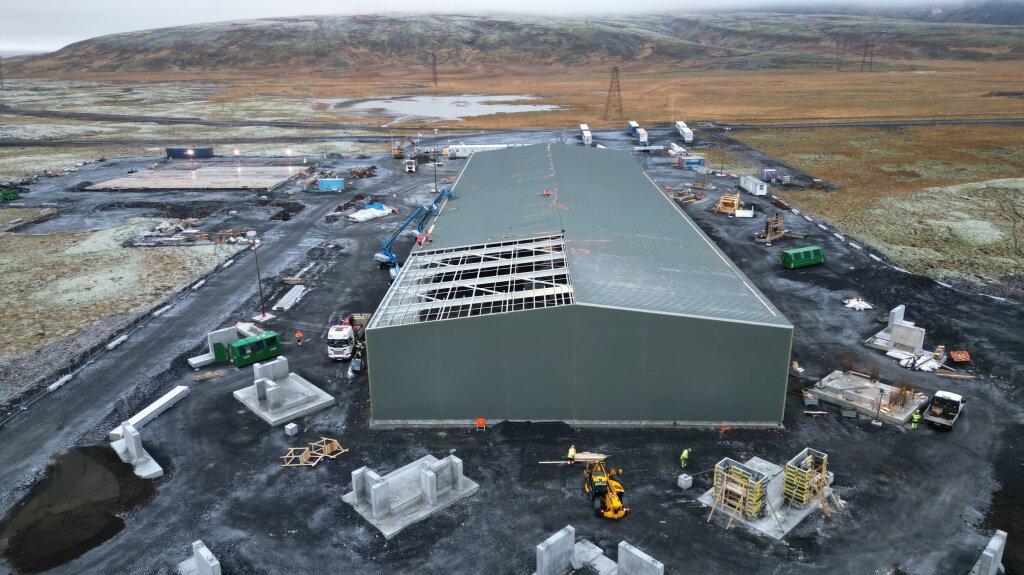In June this year, Climeworks announced the groundbreaking of its newest and largest direct air capture & storage facility, called Mammoth.
With a nominal CO₂ capture capacity of up to 36’000 tons per year when fully operational, Mammoth represents a demonstrable step in Climeworks' ambitious scale-up plan: multi-megaton capacity in the 2030s, on track to deliver gigaton capacity by 2050.
Today, around six months after construction started, we would like to share some updates and pictures with you showing how Mammoth is steadily coming to life.
The milestones that were achieved in the past months
With the harsh Icelandic winter just around the corner, Climeworks’ Mammoth project team is working tirelessly on bringing the plant to life – and great progress was made! The achievements include:
The cladding of Mammoth’s process hall was completed
The cladding of Mammoth’s process hall was completed
The process hall is the building located at the center of Mammoth. Here, the captured CO₂ of the Mammoth plant will be conditioned before its underground sequestration. It will be purified and condensed before it is dissolved in water and sequestered underground by Carbfix, where it will turn into stone thanks to its mineralization method. The process hall will moreover host the plant control rooms, offices, and a visitor center.
The first foundations for Mammoth's collector containers are up
The first foundations for Mammoth's collector containers are up
Mammoth will consist of 72 collector containers that will capture CO₂ from the air (for comparison: Orca consists of eight collector containers), three of which are stacked together on one foundation.
The foundation of the maintenance hall is progressing well
The foundation of the maintenance hall is progressing well
In addition to the process hall, Climeworks' Mammoth will also have a maintenance hall onsite. The maintenance hall allows for more efficiency when maintenance work needs to be done and will store spare parts and tools.
Mammoth represents a demonstrable step in Climeworks' scale-up plan, moving its nominal capture capacity from thousands of tons to tens of thousands of tons per year. Mammoth is designed to further expand supply and provide engineering experience for Climeworks’ 10x scale-up steps.
